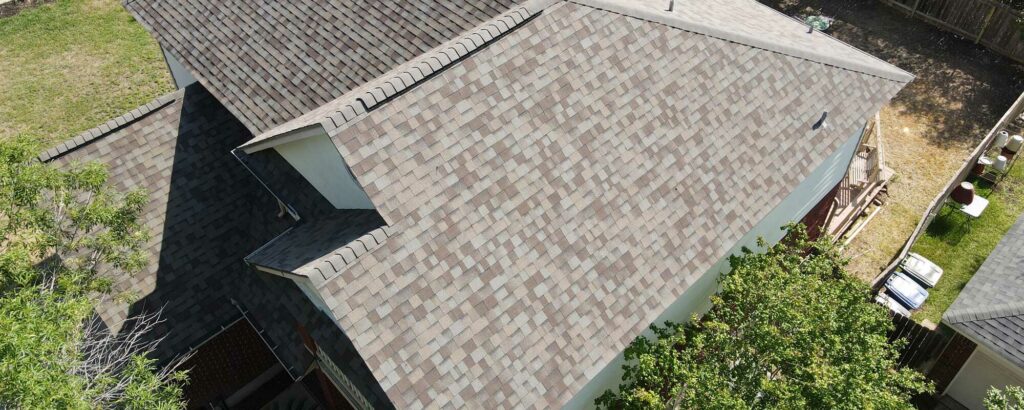You might not think much about your roof unless it starts raining, or something falls through it. But a roof is an important part of any home — after all, it’s the final defense against the elements and the primary protector of everything inside your house. EPDM roofing is one of the most common waterproof materials for a variety of indoor and outdoor applications. Also known as ethylene propylene diene monomer rubber, EPDM is a synthetic rubber that’s used to produce numerous products for different industries and sectors. Even though this type of roofing material isn’t commonly used in residential homes, there are many different places you might find an EPDM roof: industrial buildings, sports facilities, utility company substations, storage silos, water tanks… even quarantine facilities!
